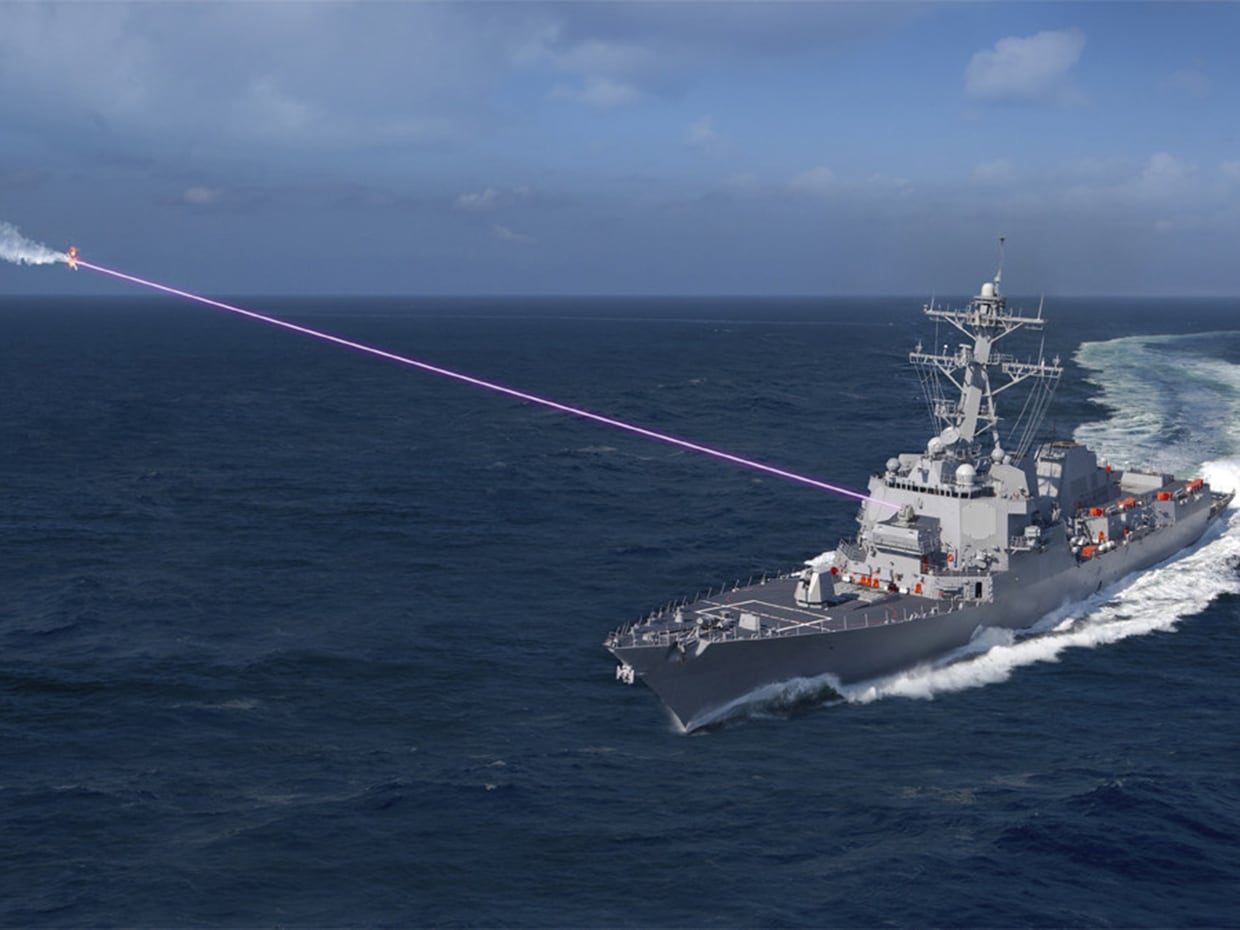WASHINGTON — Facing ever-faster missiles and increasingly complicated air threats from China and Russia, the U.S. Navy is moving toward a major upgrade to its stalwart Arleigh Burke destroyer fleet.
The service is planning to buy a scaled version of Raytheon’s SPY-6 air and missile defense radar to replace the SPY-1D arrays on the Flight IIA destroyers, Defense News has learned. The upgrade will bolster the radar sensitivity and sophistication of the Flight IIA Burkes.
The move is likely prompted by the Navy’s concern about the proliferation of anti-ship cruise missiles with sophisticated evasive maneuvers and ever-increasing speeds, investments that China and Russia make no secret about pursuing.
In a statement, the Navy acknowledged it was pursuing the SPY-6 array upgrades as part of the 2020 budget.
“Per the President's Budget submission for FY2020 Navy will begin procurement of 24 Radar Module Assembly (RMA) SPY-6 radar sets, and associated electrical and cooling equipment in FY2022, for installation in a DDG Flight IIA beginning in FY2025. The specific hull will be named later,” the statement reads.
RELATED

The array is a smaller version of the SPY-6 intended for the Flight III DDG, the first of which is now under construction at Huntington Ingalls Industries. The SPY-6 destined for DDG-125 will have 37 of what are known as radar modular assemblies, or RMA, which are 2-foot-by-2-foot-by-2-foot boxes that use gallium nitride technology to direct radar energy on air targets. The Flight IIA version will have 24 RMAs in the array.
A version of the radar planned for the FFG(X) future frigate is a nine-RMA configuration.
The Navy is aiming to upgrade all of its DDGs to Aegis Baseline 9 or higher with a ballistic missile defense capability and extend the service lives to 45 years as part of an effort to grow the fleet.
But the Navy is going to try to get 50 years out of its Flight IIA ships. The IIAs make up the bulk of the DDG fleet, with 46 total planned for the service — DDG-79 through DDG-124. DDG-127 will also be a Flight IIA.
That upgraded SPY-6 will be far easier to maintain than the current SPY-1D. Raytheon claims the radar can be maintained by simply removing an RMA and switching it out with a new one, with the rest of the work performed off-site.
In a statement, Raytheon’s head of naval radars, Scott Spence, said the upgrade would bring increased capability to the IIA ships.
“Upgrading Flight IIA ships with a SPY-6 radar will deliver unmatched capability to the surface fleet,” Spence said. “The benefits include a significant increase in terms of sensitivity and range, as well as simultaneous air and missile defense capability, all of which provides commanders with the operational flexibility to address current and emerging threat in ways never before possible.”
Bryan McGrath, a retired destroyer skipper and defense consultant, said that if the Navy follows through on the program, it would be a significant upgrade to the destroyer fleet.
“If indeed the Navy decided to [retrofit] the IIAs with SPY-6, it would greatly increase the sensitivity of the radar and allow the ship to track and engage targets with more difficult kinematics, moving at higher speeds and executing more difficult maneuvers,” McGrath said.
The SPY-6 and variants of it are becoming more widespread in the fleet, something else that would be an advantage, he added.
“It is essentially the same radar they are putting in the FFG(X) and in the Flight III,” he said. “That gives you the opportunity to execute some more advanced networked radar techniques and aids in life cycle cost management.”
David B. Larter was the naval warfare reporter for Defense News.





